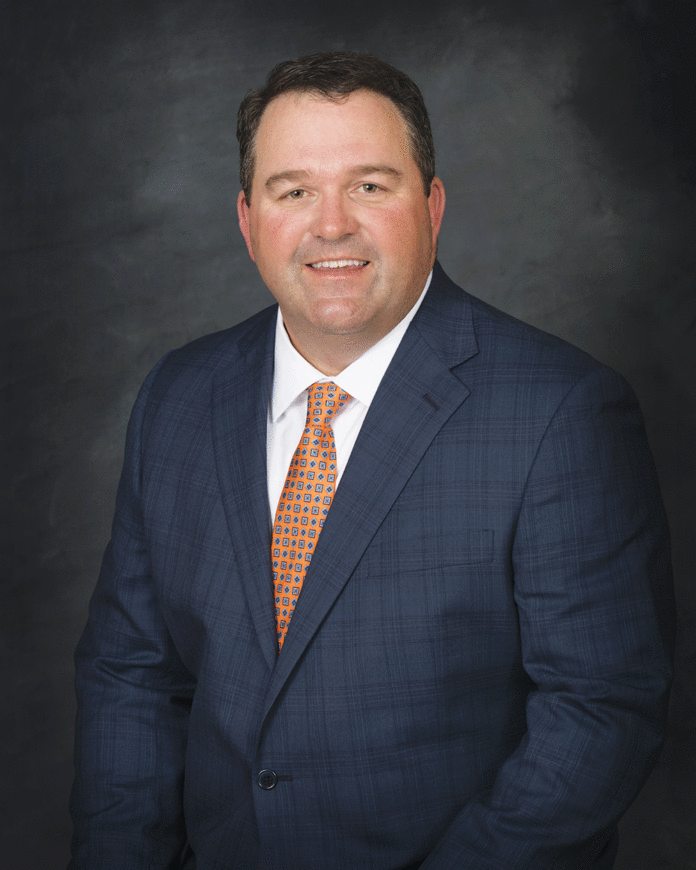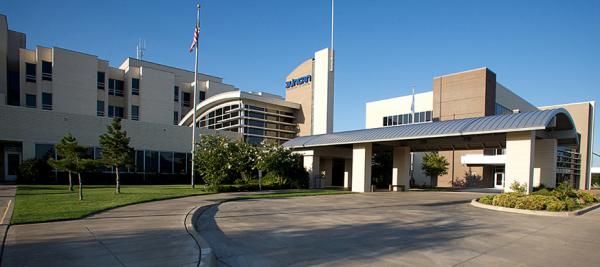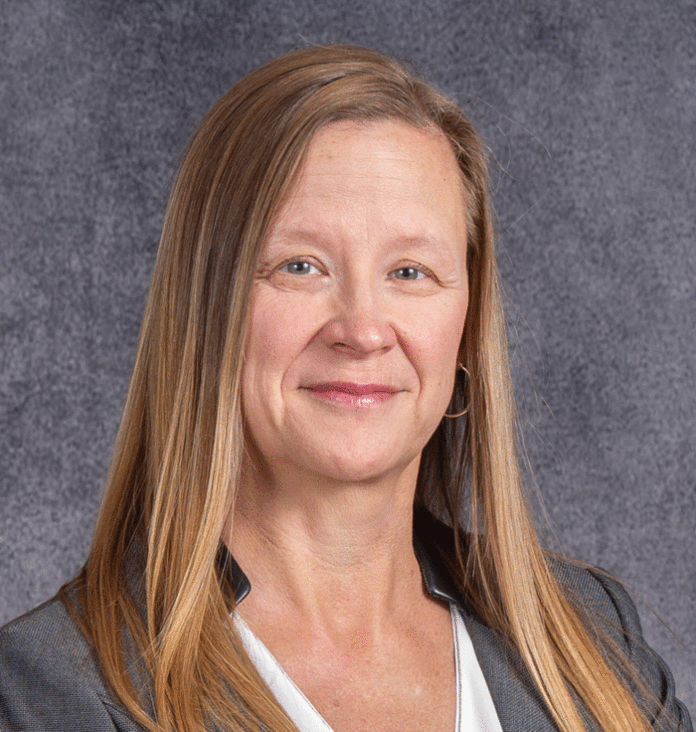Waurika High School alumnus, Randi Berry, has returned home to provide rehabilitation care at Jefferson County Hospital. She attended Midwestern State University (Wichita Falls, TX) and then transferred to the University of Oklahoma where she earned her Physical Therapy degree.
“My first job out of school was with Duncan Regional Hospital,” said Randi. “I then worked for a home health care in Wichita Falls and now I am back.” As a physical therapist, Randi works with a wide range of patients. For those recovering from knee replacement surgery to those requiring reconditioning after a long hospital stay.
Therapy services offered include:
• Exercises focused on improving strength and mobility
• Instruction on safe and correct use of walker, canes, braces and artificial limbs
• Improving everyday living skills including dressing and eating
Randi and her team are here to help those who have suffered functional loss due to a disabling illness or injury. “Our goal is to get you moving again,” shared Randi.
Randi is married to Josh, a firefighter for Wichita Falls, and they have two children.
About Duncan Regional Hospital
Serving Stephens and the surrounding counties since 1977, Duncan Regional Hospital has a state-wide reputation as one of the premiere Oklahoma hospitals for medical excellence, advanced technology and nationally recognized high levels of patient satisfaction and is a 138-bed nationally accredited hospital. To learn more visit www.duncanregional.com
“My first job out of school was with Duncan Regional Hospital,” said Randi. “I then worked for a home health care in Wichita Falls and now I am back.”












